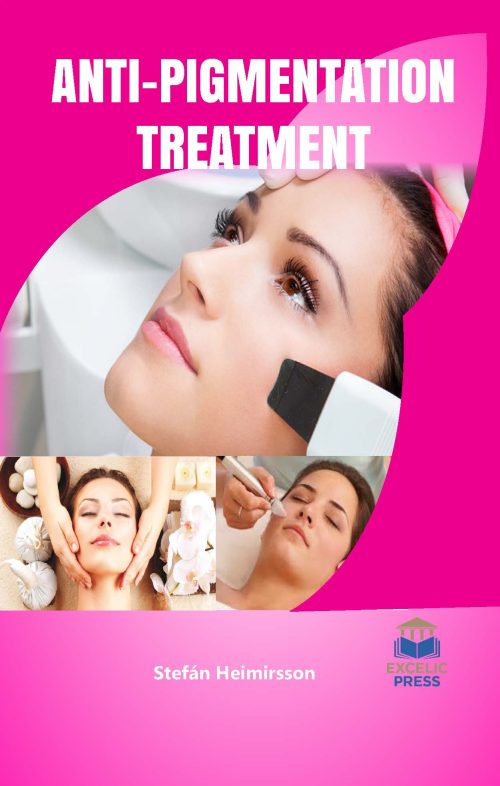Description
Post-inflammatory hyperpigmentation is a common sequela of inflammatory dermatoses that tends to affect darker-skinned patients with greater frequency and severity. Epidemiological studies show that dyschromia, including post-inflammatory hyperpigmentation, are among the most common reasons darker racial/ethnic groups seek the care of a dermatologist. The treatment of post-inflammatory hyperpigmentation should be started early to help hasten its resolution and begins with the management of the initial inflammatory condition. First-line therapy typically consists of topical depigmenting agents in addition to photoprotection, including sunscreen. Topical tyrosinase inhibitors, such as hydroquinone, azelaic acid, kojic acid, arbutin, and certain licorice extracts, can effectively lighten areas of hyper melanosis.
Other depigmenting agents include retinoids, mequinol, ascorbic acid, niacinamide, N-acetyl glucosamine, and soy with a number of emerging therapies on the horizon. Topical therapy is typically effective for epidermal post-inflammatory hyperpigmentation; however, certain procedures, such as chemical peeling and laser therapy, may help treat recalcitrant hyperpigmentation. It is also important to use caution with all of the above treatments to prevent irritation and worsening of post-inflammatory hyperpigmentation. Therefore, this book deals with the concept of pigmentation, hyperpigmentation, and anti-pigmentation, along with etiology, pathogenesis, clinical manifestations, and treatment options for PIH in the skin of color.





